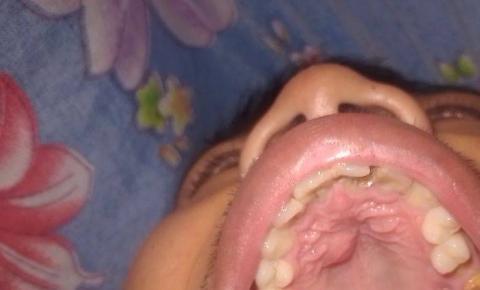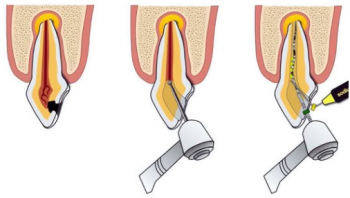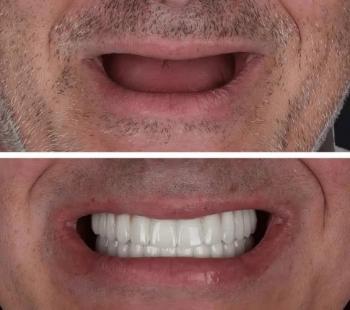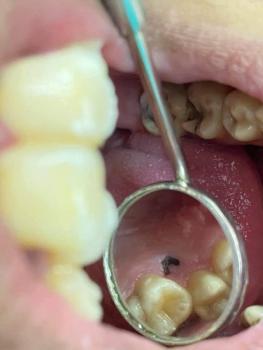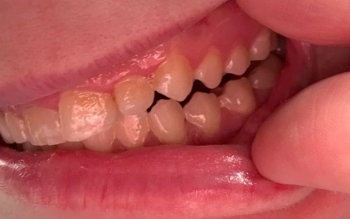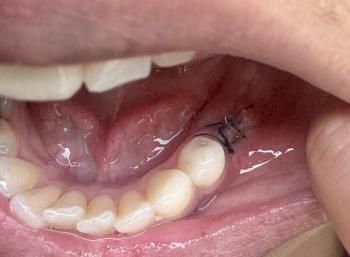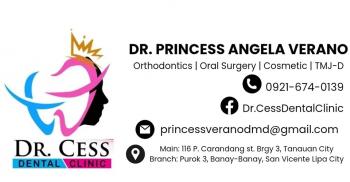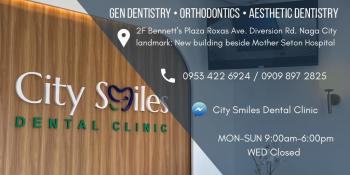Because Every Tooth Deserves Care.
Pus Coming Out of Gum or Palate: Causes, Treatment, and When to See a Dentist
Severity:
Teeth Problems:
Case Analysis: Persistent Pus and Swelling on the Palate (Roof of Mouth) Near Front Teeth
Client’s Complaint
“May bilog sa ngalangala (palate) na lumalabas ang mabahong nana sa harap ng gilagid, sa parte kung saan dati akong pinastahan. Matagal na, at hindi na nawawala kahit anong linis. Tuwing pinipisil ko, may lumalabas na nana.”
Clinical Impression (Based on Image & Description)
From your image and details, the round swelling or “pimple-like” area on the palate—accompanied by foul-smelling pus that drains near the front gum—suggests a chronic dental infection originating from an old root canal or decayed tooth.
Possible Diagnoses
-
Chronic Periapical Abscess / Dental Fistula
-
The infection from the root tip of a previously treated or decayed tooth has created a small drainage pathway through the gum or palate.
-
This explains why you feel a “bilog” (bubble) that releases pus when pressed.
-
The infection is trapped deep in the bone or root, repeatedly forming pus.
-
-
Failed Root Canal or Untreated Tooth Infection
-
If you had a pasta or filling done before, it’s possible that the root canal beneath it was incomplete, or bacteria remained sealed inside.
-
Over time, this causes chronic reinfection and the formation of a sinus tract or “pimple” on the gum or palate.
-
-
Palatal Abscess or Cyst
-
In long-standing cases, infection may develop into a cystic sac, often painless but producing foul-smelling discharge.
-
Treatment Plan and Solutions
Step 1: Professional Evaluation
Visit a dentist or endodontist for:
-
Periapical X-ray or 3D CBCT scan – to confirm the infection’s source.
-
Pulp vitality testing – to check if the involved tooth is dead or infected.
Step 2: Drainage and Debridement
Your dentist will:
-
Clean the gum opening where pus is coming out.
-
Drain the infection completely.
-
Irrigate with antiseptic solution.
Step 3: Root Canal Retreatment or Apicoectomy
Depending on results:
-
If the old filling/tooth is still restorable → Redo root canal treatment to remove infection from inside.
-
If persistent even after treatment → Apicoectomy (root-end surgery) may be done to remove the infected root tip and cyst.
Step 4: Antibiotic Coverage
A short course of antibiotics may be prescribed:
-
Amoxicillin-Clavulanate 625 mg or Clindamycin 300 mg (if allergic)
-
Metronidazole 500 mg can be added for anaerobic bacteria
-
Take for 5–7 days under dental supervision
Step 5: Oral Hygiene & Home Care
-
Rinse twice daily with warm saltwater or 0.12 % Chlorhexidine mouthwash
-
Avoid pressing or squeezing the area
-
Maintain brushing and flossing, especially near the infected tooth
When to Seek Immediate Care
-
Increasing pain, swelling of face or gums
-
Fever or difficulty swallowing
-
Bad taste or continuous pus despite antibiotics
These mean the infection is spreading deeper and needs urgent dental treatment.
Recommendation
Visit your nearest dental clinic immediately for X-ray and cleaning of the infection source.
If you’re in Cebu, you can search trusted clinics via CebuDentalImplants.com — find expert dentists specializing in infection control, root canal, and implant cases.
Comment
If you notice pus or a pimple on your gum that keeps returning, it’s a sign of an internal tooth infection—not just a surface wound. Visit your dentist early before the infection spreads deeper. Our partner clinics at CebuDentalImplants.com can help restore your gum health safely and permanently.

